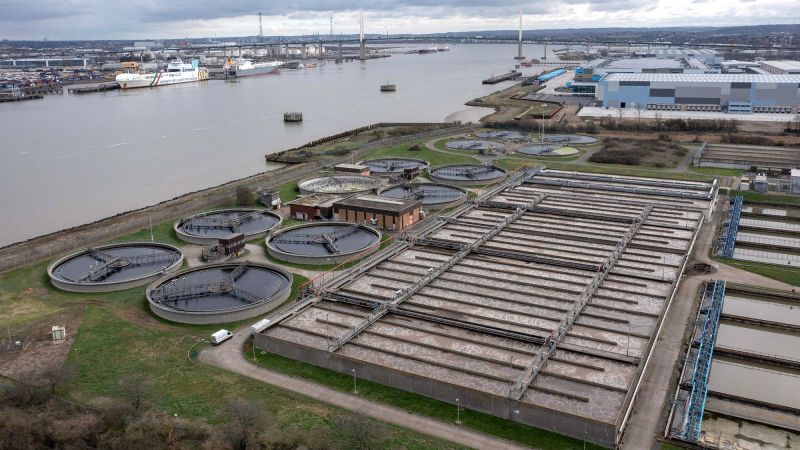Investors are reluctant to provide additional funding to Thames Water, one of Britain’s largest water companies, leaving the company at risk of a government takeover. The nine shareholders of Thames Water stated that they are unable to inject £3.25 billion into the company as the UK water regulator, Ofwat, has imposed conditions that are unacceptable to them, leading to failed negotiations over the past year. The utility, which supplies water to 15 million people in London and the southeast of England, is burdened with £14 billion in debt and had proposed a significant increase in customer bills by 2030 in its turnaround plan.
Thames Water had previously agreed to an additional investment of £750 million from its shareholders by March 2025 to prevent a government takeover, with the first £500 million due by March 31. However, the funding was dependent on meeting certain conditions, including improving customer services and reducing environmental impact, as well as obtaining approval from Ofwat. The regulator’s feedback on the proposed regulatory arrangements made the turnaround plan uninvestible, prompting the shareholders to withhold the additional funding. Despite this setback, the company reassured customers that it is operating normally.
Ofwat emphasized the need for Thames Water to explore all options to secure additional equity for turning around the company’s performance and safeguarding customers. The government indicated that it is closely monitoring the situation and confirmed that Thames Water remains solvent. Water companies in England and Wales have accumulated significant debt since their privatization in 1989, with limited new funding from shareholders and substantial dividends payouts, leading to financial challenges exacerbated by rising interest rates and infrastructure investment needs.
Thames Water’s Chief Executive mentioned the possibility of the company entering special administration, which would entail temporary public ownership, but asserted that they are not at a critical financial point. The company currently has around £2.4 billion in liquidity to sustain operations until May 2025. The growing financial strain on water companies underscores the need for long-term solutions to address their debt and investment challenges. The situation at Thames Water reflects broader issues faced by privatized utilities and the delicate balance between shareholder interests, customer service, and regulatory requirements. Ongoing developments will determine the future of Thames Water and the implications for the water sector in the UK.


